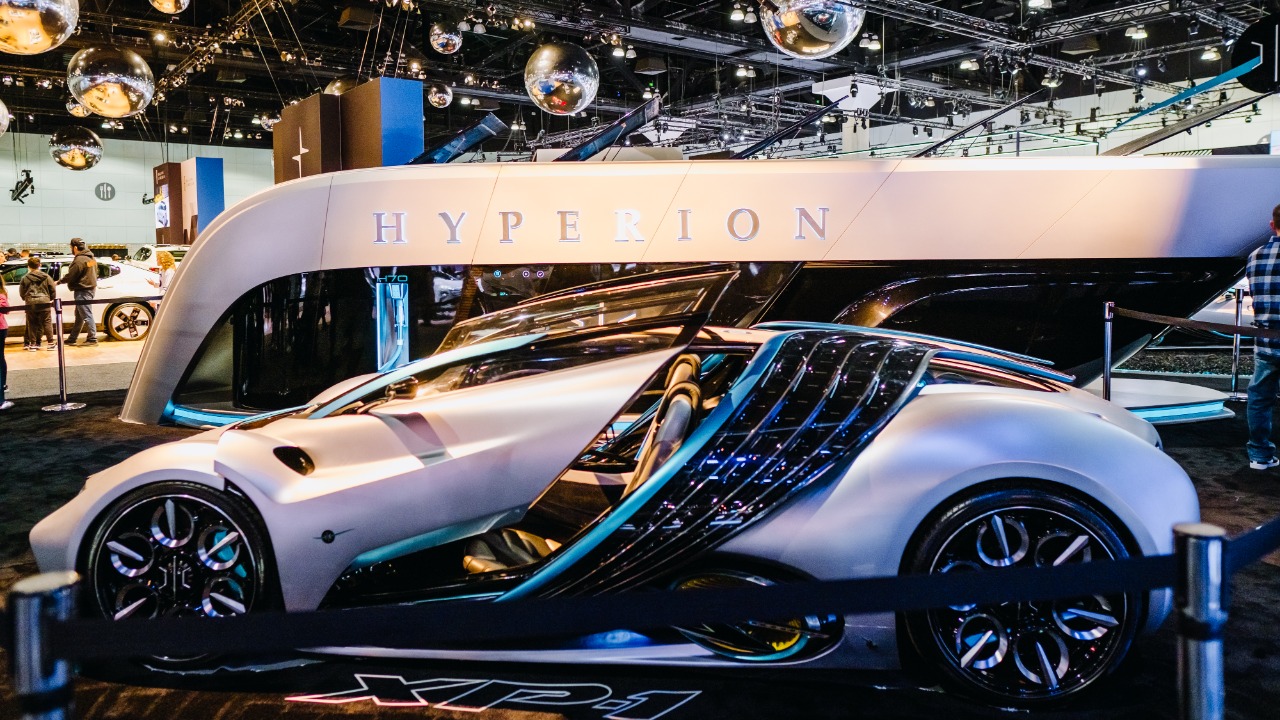
The Hyperion XP-1, a hydrogen-powered supercar developed by Hyperion Motors, has made a significant impact in the automotive industry with its impressive capabilities. The vehicle can drive 1,000 miles on a single tank of hydrogen, emitting only water vapor as exhaust. With a staggering 2,000 horsepower and the ability to accelerate from 0 to 60 mph in just 2 seconds, the XP-1 is a testament to the potential of clean energy in high-performance vehicles. The XP-1 was unveiled to the public in November 2022, demonstrating a new era of sustainable mobility without reliance on traditional fossil fuels.
Hyperion Motors and the XP-1’s Origins
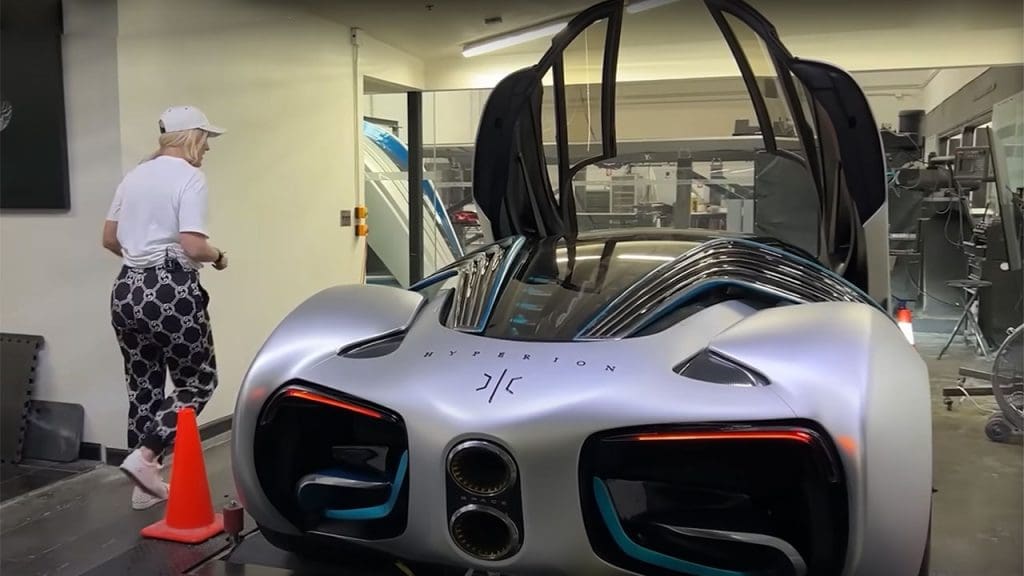
Hyperion Motors is the innovative company behind the XP-1, with a focus on hydrogen fuel cell technology for automotive advancement. The XP-1 was first revealed in 2020 as a prototype supercar, designed to push the boundaries of hydrogen-powered performance vehicles. Hyperion’s mission is centered around sustainable mobility, with the XP-1 serving as a flagship model to demonstrate viable alternatives to electric batteries.
Powertrain and Hydrogen Technology
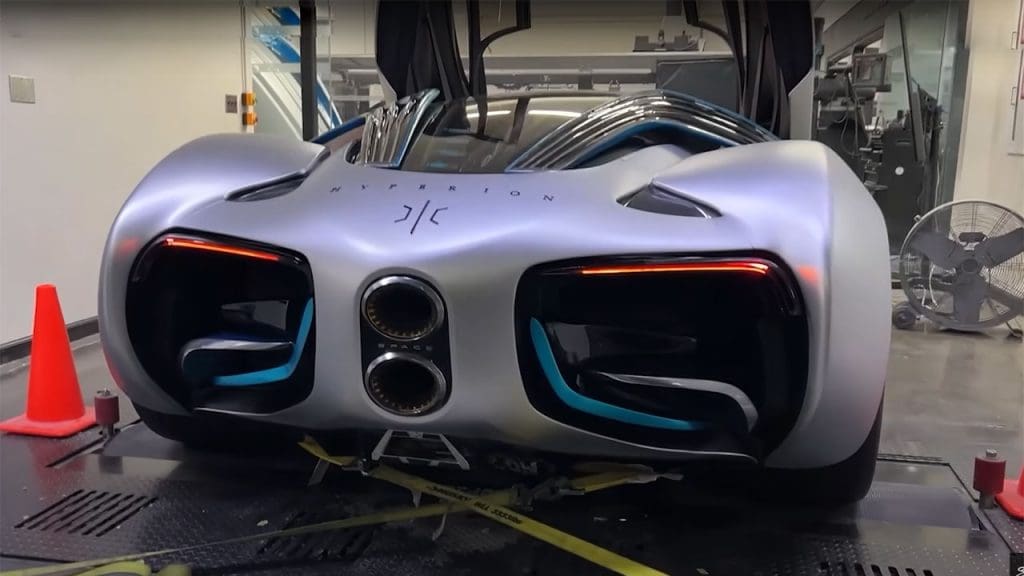
The XP-1 utilizes a hydrogen fuel cell system that powers the vehicle entirely with hydrogen, producing water vapor as the only byproduct. This advanced engineering allows the vehicle to deliver consistent power without the need for the charging infrastructure typical of battery-electric vehicles. The hydrogen tank of the XP-1 enables a range of 1,000 miles on a single fill-up, far surpassing many conventional supercars in endurance, as reported by Electric Cars Report.
Performance Specifications
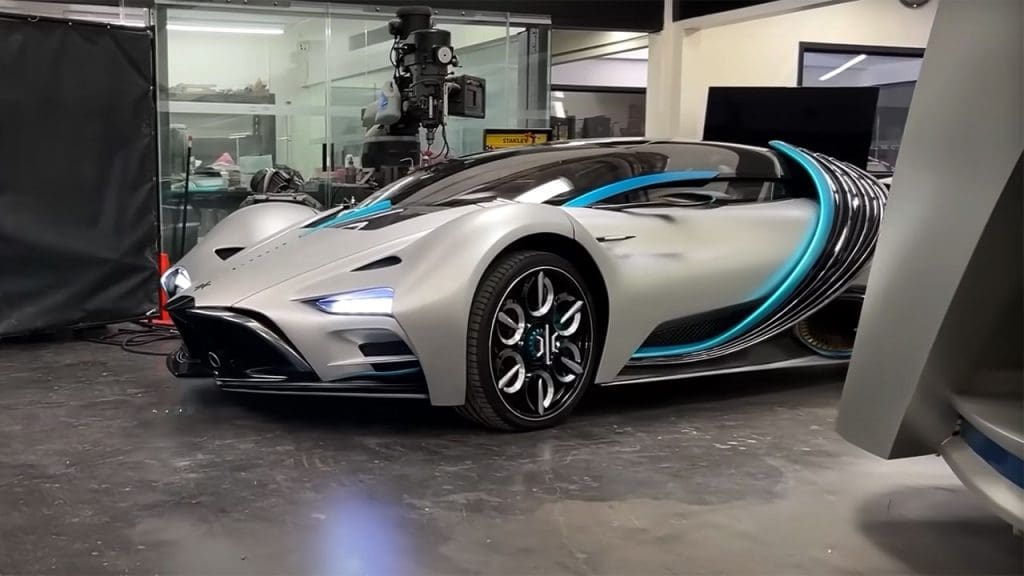
The Hyperion XP-1 is not just about sustainability, it’s also about speed and power. The vehicle achieves 0 to 60 mph acceleration in a mere 2 seconds, highlighting its supercar-level speed capabilities. Furthermore, it generates an astounding 2,000 horsepower through its hydrogen powertrain, enabling top speeds and handling suited for track performance. The vehicle’s lightweight design contributes to its rapid acceleration and efficiency, balancing power with hydrogen’s energy density.
Design and Aerodynamic Features
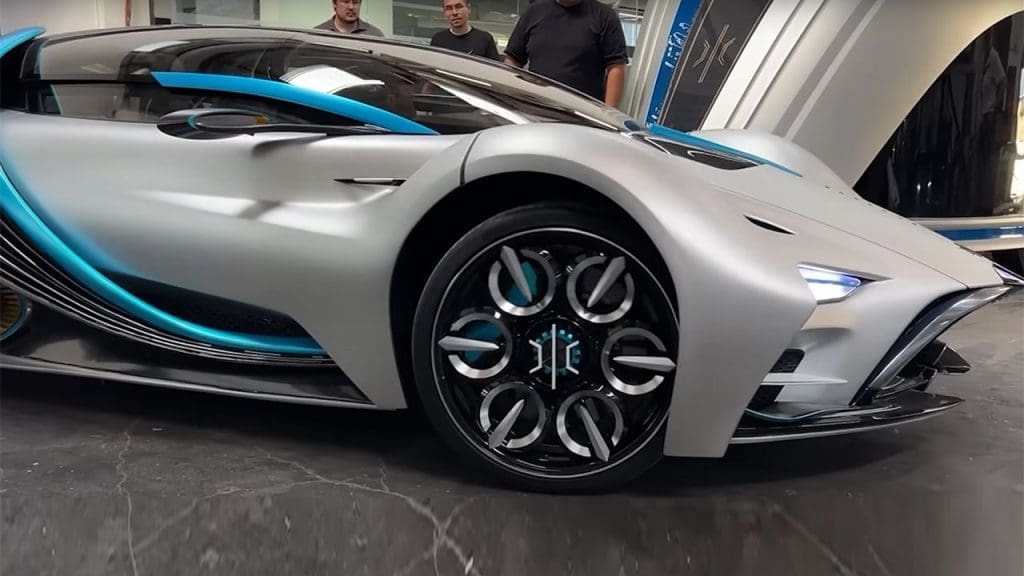
The XP-1 is a marvel not only in terms of performance but also in design. It features a futuristic carbon fiber body with active aerodynamic elements, including scissor doors and a low-slung profile for optimal airflow. The interior incorporates advanced materials and digital interfaces, such as a panoramic glass roof and customizable displays for driver immersion. The overall design prioritizes both aesthetics and functionality, with hydrogen storage integrated seamlessly into the chassis.
Public Debut and Market Plans

The Hyperion XP-1 made its public debut in November 2022, allowing broader visibility into its hydrogen technology and performance. The debut emphasized the vehicle’s readiness for real-world testing, with demonstrations of its 1,000-mile range and zero-emission operation. Hyperion plans limited production of the XP-1 starting in 2024, targeting enthusiasts interested in eco-friendly supercars.
Environmental and Industry Impact

By emitting only water vapor, the XP-1 positions hydrogen as a cleaner alternative to gasoline in high-performance vehicles. Hyperion’s approach challenges the dominance of battery-electric vehicles, advocating for hydrogen’s advantages in range and refueling speed. The development of this supercar signals growing industry interest in hydrogen infrastructure, potentially influencing future automotive regulations and investments. The XP-1 is not just a supercar, it’s a symbol of a sustainable future in the automotive industry.